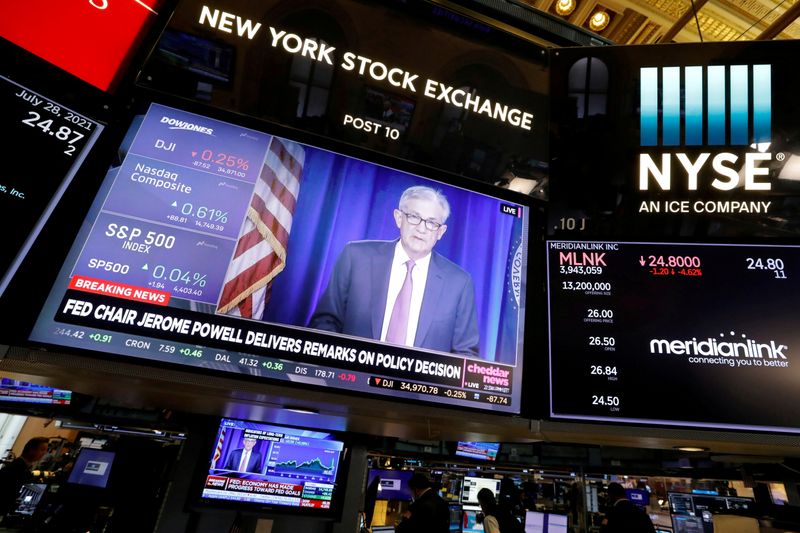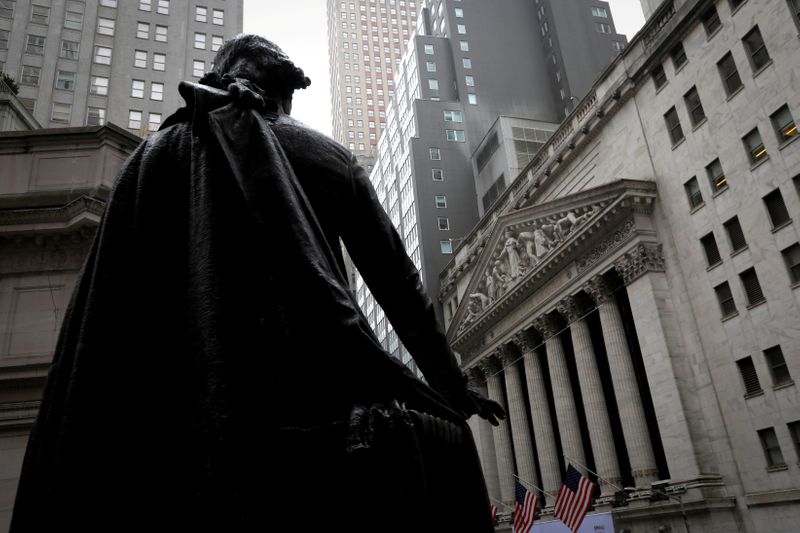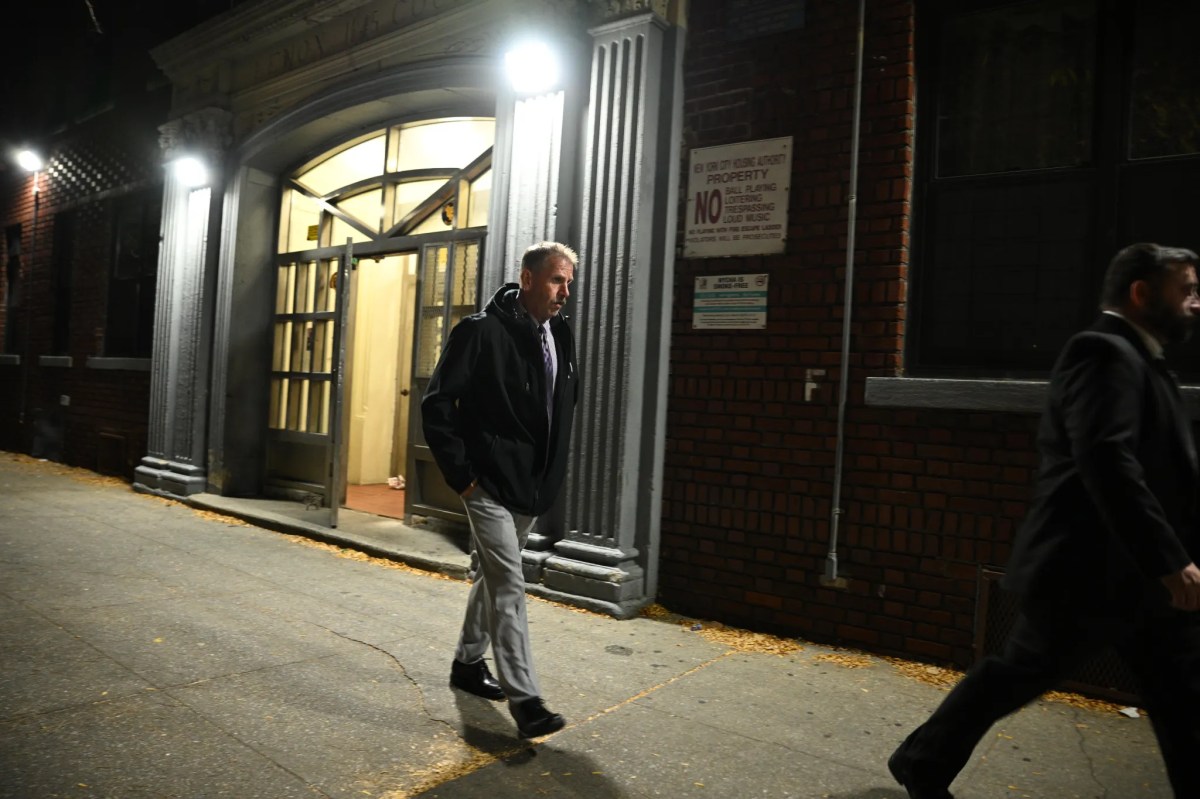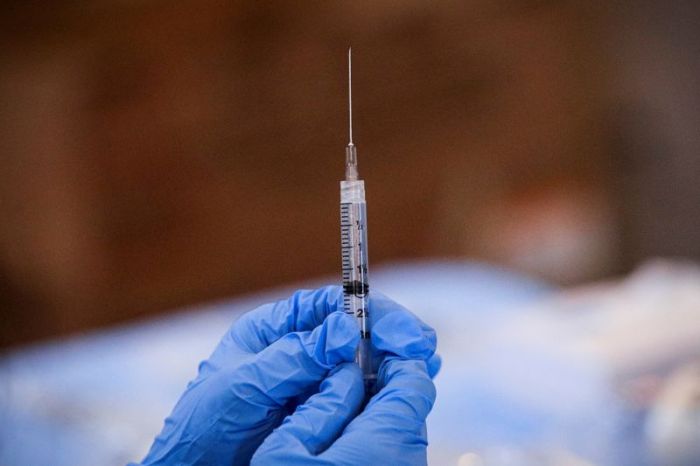(Reuters) – Federal Reserve Chairman Jerome Powell, who presided over a historic run-up in stocks during his tenure, will likely begin his second term amid worries over how rising inflation and looming monetary policy tightening will affect asset prices.
Powell replaced Janet Yellen as Fed Chair in February 2018 and has had to steer the economy through its worst crisis since World War Two, as the COVID-19 pandemic battered U.S. growth last year.
The S&P 500 has risen around 70% under Powell https://www.reuters.com/markets/us/powells-rollercoaster-ride-fed-enemy-economic-savior-2021-11-22, fueled in-part by extraordinary measures taken during the coronavirus pandemic. The index increased by 59% under Yellen’s four-year tenure and rose 39% during Ben Bernanke’s eight-year term through January 2014.
Fed heads and the S&P 500: https://fingfx.thomsonreuters.com/gfx/mkt/zjvqkwjzmvx/Pasted%20image%201636131372302.png
Among investors’ most immediate concerns are whether a recent inflationary surge will prove more sustained than the Fed had expected, pushing the central bank to accelerate the unwinding of its $120 billion-per-month bond buying program and raise rates earlier than anticipated.
The Fed’s policymakers are publicly debating whether to withdraw support for the U.S. economy more quickly to deal with inflation, with one official signaling on Friday that the idea will be discussed at the central bank’s upcoming meeting.
Inflation expectations in the U.S. bond market have climbed in recent weeks, bolstering the view that the Fed may need to act more aggressively.
The difference between yields on 5-year and 10-year Treasury inflation protected securities and those on typical Treasuries stand near record highs.
Breakeven inflation rates: https://fingfx.thomsonreuters.com/gfx/mkt/klpykdlyypg/Pasted%20image%201637270035728.png
The pace at which the Fed unwinds its roughly $8.6 trillion balance sheet and moves on to a series of expected interest rate hikes can also be a key driver of the U.S. dollar. The U.S. currency rose by around 20% between mid-2014 and early 2015, when it became evident that the Fed would be far more aggressive than other central banks in normalizing monetary policy.
Fed heads and the dollar index: https://fingfx.thomsonreuters.com/gfx/mkt/zgvomklgnvd/Pasted%20image%201637272425310.png
The greenback is up around 7% under Powell, and its gains have accelerated in recent weeks as some investors bet U.S. monetary policy will take a more hawkish course.
With inflation rising at its fastest pace in decades, investors increasingly believe the Fed will need to raise rates faster than suggested in its so-called dot plot, released in September. The Fed’s next meeting is December 14-15.
When will Fed raise rates?: https://fingfx.thomsonreuters.com/gfx/mkt/xmvjorkdxpr/Pasted%20image%201636131734331.png
One key metric the Fed is watching as it fine tunes its monetary policy is unemployment. Powell said on Nov. 3 that the economy is not yet at maximum employment, meaning it is not yet time to raise interest rates.
But he added that the labor market could reach full employment by the second half of 2022 if it continues to improve at the same pace seen over the last year.
Fed and unemployment: https://fingfx.thomsonreuters.com/gfx/mkt/dwpkredbqvm/Pasted%20image%201636131317394.png
Fed’s ballooning balance sheet: https://fingfx.thomsonreuters.com/gfx/mkt/klvykdgybvg/Pasted%20image%201636131235737.png
(Reporting by Noel Randewich; Additional reporting by Saqib Iqbal Ahmed; Editing by Ira Iosebashvili and Nick Zieminski)


























